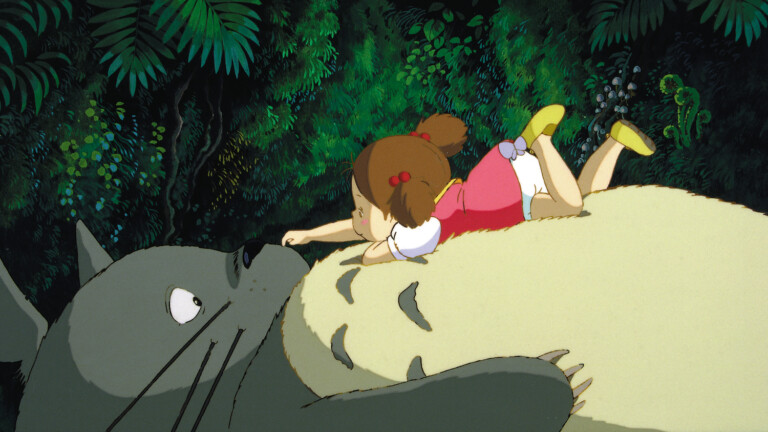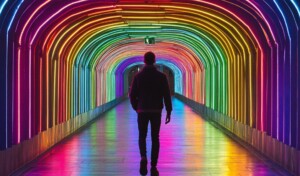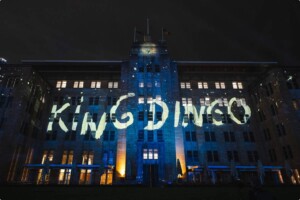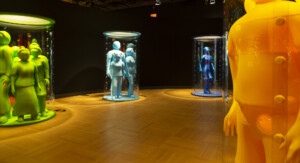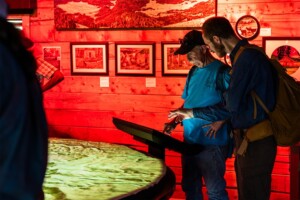Young V&A has revealed more about its first exhibition, titled Japan: Myths to Manga, an immersive and playful experience featuring Studio Ghibli, Pokémon, yōkai, manga and robots.
Opening in October, the museum’s inaugural exhibition will take visitors on a journey across Japan through the centuries in four sections – sky, sea, forest and city.
Guests will explore how these environments have inspired Japanese folklore, art, design, performance and innovation.
Japan: Myths to Manga will display more than 150 historic and contemporary objects, such as a 1997 Tamagotchi, a 2014 Hello Kitty rice cooker, and a manga-inspired Comme des Garçons coat (2018).
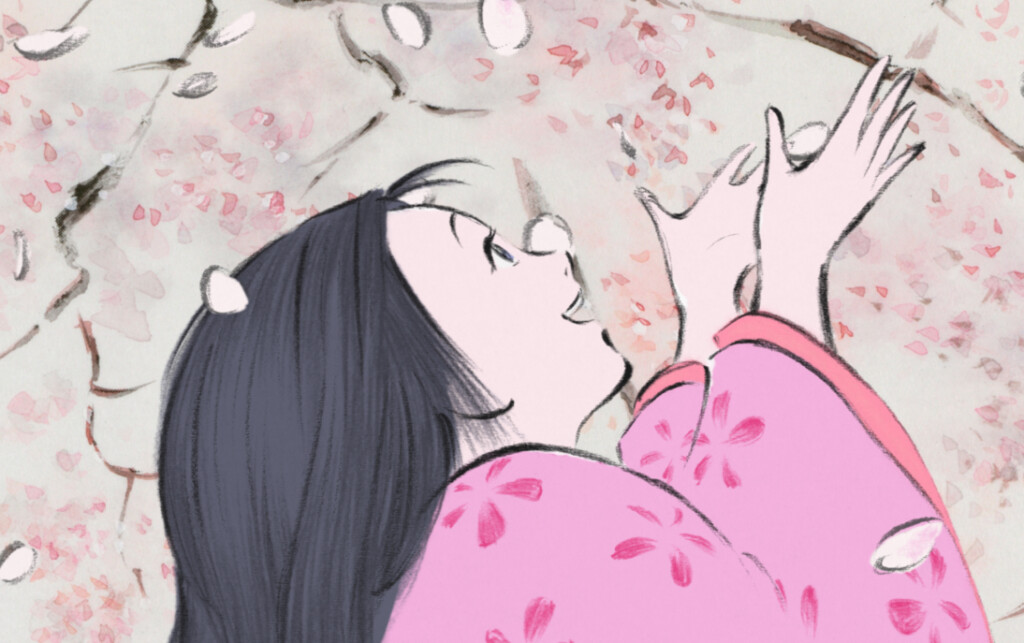
Also showcased will be Transformers (1985-86), futuristic robots, plush toys of Sanrio’s Little Twin Stars (2000), and a stage model for the Royal Shakespeare Company’s production of My Neighbour Totoro.
“The same playfulness that fuels Japan’s creativity sits at the heart of Young V&A,” said Katy Canales, the exhibition’s curator.
“You’ll discover what connects fuzzy Sylvanian Families and historic netsuke, how a seal-shaped robot meets the needs of modern living, and why catfish signal danger.
“Japan’s striking landscape and wealth of myths have sparked imaginative and innovative responses from artists and designers for centuries and we can’t wait for it to inspire our young visitors and their grown-ups too.”
Japanese folklore, art and design
Additionally, the exhibition will feature works by 19th century Japanese artists including Hiroshige, Hokusai, Kunisada and Kuniyoshi.
Activities on offer will include Taiko drumming, searching for yōkai (spirits), making an origami rocket ship, and drawing manga.
“In celebrating the interplay of culture, imagination, and creativity, Japan: Myths to Manga reflects our commitment to engaging and inspiring young minds and families,” said Dr Helen Charman, director of learning and national programmes at Young V&A.
Supported by Toshiba, Japan: Myths to Manga debuts on 14 October and runs through 11 August 2024. Young V&A opened in July after an extensive £13 million, three-year redevelopment.
Images courtesy of Studio Ghibli
